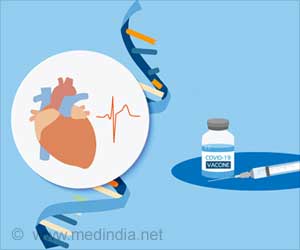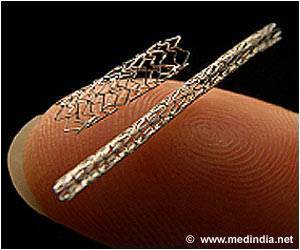Traditional hospital factors such as case volume and academic status do not appear to predict whether patients with cardiac arrest at that facility...
Traditional hospital factors "such as case volume and academic status" do not appear to predict whether patients with cardiac arrest at that facility are likely to experience delays in receiving defibrillation, according to a report in the July 27 issue of Archives of Internal Medicine, one of the JAMA/Archives journals.
The American Heart Association recommends that defibrillation be performed within two minutes of cardiac arrest, according to background information in the article. Longer delays to defibrillation are associated with lower survival rates following cardiac arrest in the hospital. Previous studies have found that factors associated with individual patients, such as being admitted to the hospital for a non-cardiac diagnosis and experiencing cardiac arrest on evenings and weekends, predicted delayed defibrillation. However, less is known about whether differences between hospitals are associated with these delays.Paul S. Chan, M.D., M.Sc., of the Saint Luke's Mid-America Hospital Institute, Kansas City, Mo., and colleagues analyzed records from 7,479 adult inpatients with cardiac arrest (average age 67 years) at 200 hospitals included in the National Registry of Cardiopulmonary Resuscitation (NRCPR). Hospitals participating in the NRCPR in 2006 were asked to complete a detailed survey, including information about location, hospital teaching status, number of patient beds and the availability of automatic external defibrillators.
Rates of delayed defibrillation "defined as longer than the two-minute standard" varied substantially among hospitals and ranged from 2.4 percent to 50.9 percent. Differences between hospitals accounted for a significant amount of the variation between patients; for instance, patients with identical characteristics had 46 percent greater odds of experiencing a defibrillation delay at one randomly selected hospital compared with another.
"However, many of the individual hospital characteristics that we explored "such as volume, academic status and hospital-wide mortality rate" were unrelated to hospital performance in defibrillation time," the authors write. Only the number of beds and the location of the cardiac arrest (for example, in or out of the intensive care unit) were associated with the rate of defibrillation delays, whereas there was no association between delays and geographical location, rate of cardiac arrest per 1,000 patient admissions, existence of an automatic external defibrillator program or most other hospital-related factors assessed. "This lack of correlation between ‘conventional' hospital-level factors and defibrillation time suggests that other unmeasured characteristics are responsible for certain institutions achieving extremely low rates of delayed defibrillation."
Patients at hospitals with fewer defibrillation delays were less likely to die in the hospital—the odds of survival were 41 percent higher in the one-fourth of hospitals with the fewest defibrillation delays than in the one-fourth of hospitals with the most delays.
"Given extensive differences in defibrillation time across institutions and the recognized impact of delayed defibrillation on survival, new approaches to improve hospital performance in defibrillation time could represent a critical area for quality improvement," the authors conclude.
LIN
 MEDINDIA
MEDINDIA

 Email
Email





